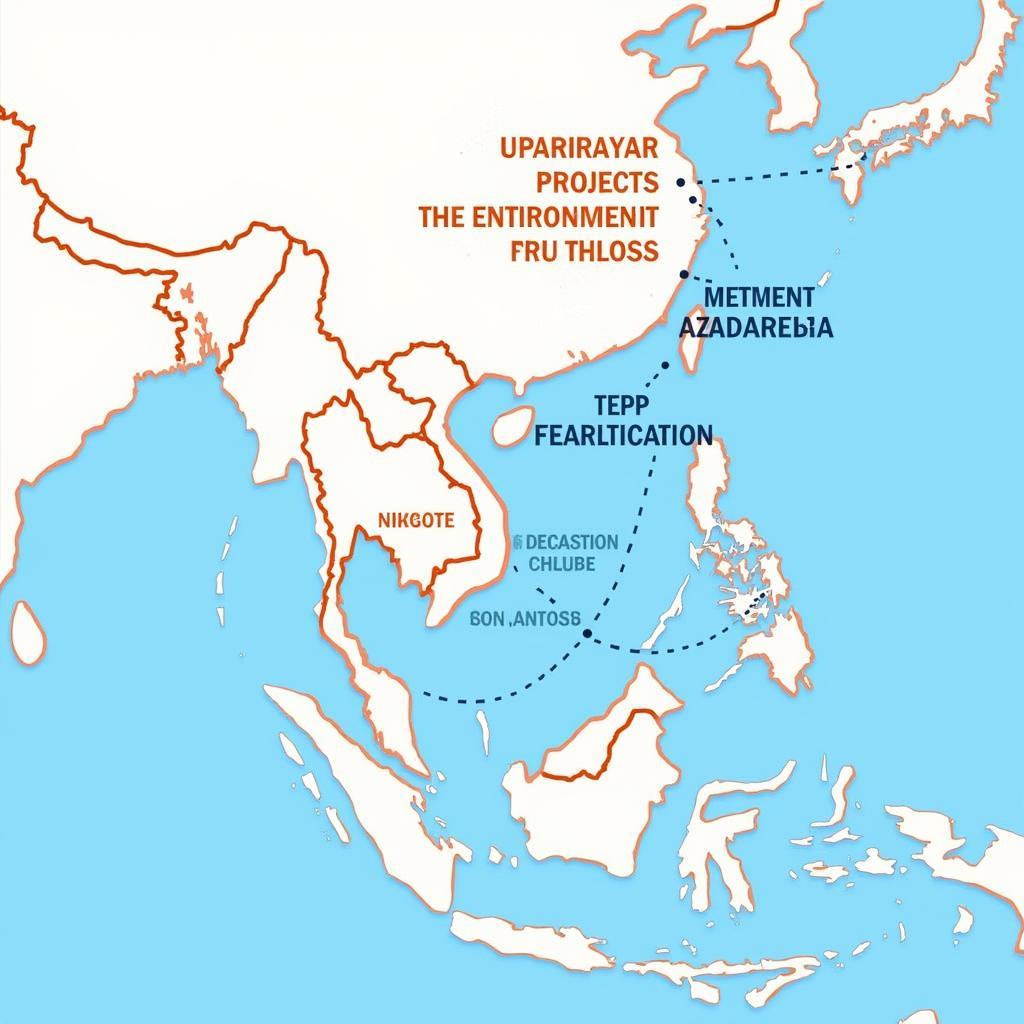The Asean Aerospace Industry is on an upward trajectory, propelled by a confluence of factors, including rapid economic growth, increasing air travel demand, and supportive government policies. From manufacturing to maintenance, repair, and overhaul (MRO), the sector presents a myriad of opportunities for both established players and new entrants.
Key Growth Drivers in the ASEAN Aerospace Industry
Several factors contribute to the dynamic growth of the ASEAN aerospace industry:
- Booming Aviation Market: The region boasts some of the fastest-growing economies globally, leading to a surge in air travel demand. This has fueled the need for new aircraft and expanded fleets, directly benefiting the aerospace sector.
- Strategic Location: Situated at the heart of Asia-Pacific, ASEAN nations enjoy a strategic geographical advantage, enabling them to serve as hubs for air travel and logistics.
- Government Support: ASEAN governments recognize the aerospace sector’s economic potential and actively support its growth through favorable policies, investments in infrastructure, and talent development initiatives.
- Growing Middle Class: The expanding middle class in ASEAN countries translates to increased disposable income and a greater propensity for air travel, further driving the demand for aircraft and related services.
ASEAN’s Role in the Global Aerospace Supply Chain
While ASEAN’s aerospace industry is still developing compared to established players like the United States and Europe, it is carving a significant niche in the global supply chain.
- Manufacturing Hub: ASEAN nations are increasingly becoming attractive destinations for aerospace manufacturing, particularly for aircraft components and parts. The region offers competitive labor costs, a skilled workforce, and government incentives.
- MRO Services: With a growing fleet of aircraft in the region, the demand for MRO services is skyrocketing. ASEAN countries are well-positioned to capitalize on this trend, offering competitive pricing and skilled labor for maintenance and repair operations.
Challenges and Opportunities
Despite its immense potential, the ASEAN aerospace industry faces several challenges:
- Skilled Labor Shortage: Meeting the demand for a highly skilled workforce, including engineers, technicians, and researchers, is crucial for the industry’s sustained growth.
- Technological Advancements: Keeping pace with rapid technological advancements in areas such as automation, robotics, and advanced materials is essential for ASEAN aerospace companies to stay competitive.
- Investment Climate: Attracting significant foreign direct investment in research and development, technology transfer, and infrastructure development is crucial for the sector to reach its full potential.
However, these challenges also present opportunities for collaboration, innovation, and growth.
The Future of ASEAN Aerospace
The future of the ASEAN aerospace industry looks promising.
- Continued Growth: With a positive economic outlook and a burgeoning aviation market, the industry is expected to witness continued growth in the coming years.
- Technological Advancements: ASEAN countries are actively investing in research and development to harness the potential of emerging technologies like artificial intelligence, drones, and sustainable aviation fuels.
- Regional Cooperation: Collaboration among ASEAN member states, through initiatives like the ASEAN Single Aviation Market (ASAM), will be instrumental in fostering a more integrated and competitive aerospace industry in the region.
Conclusion
The ASEAN aerospace industry is poised for takeoff, driven by a dynamic confluence of factors. By addressing the challenges and leveraging the opportunities, ASEAN countries can soar to new heights in the global aerospace landscape. The region has the potential to become a major player in aircraft manufacturing, MRO services, and aerospace innovation, contributing significantly to economic growth and technological advancement.
